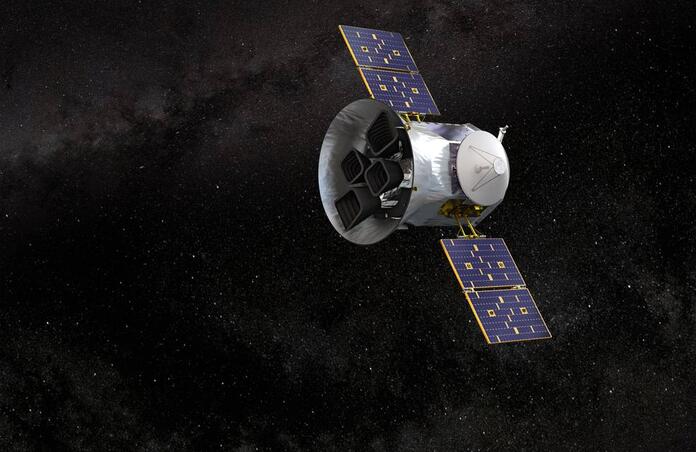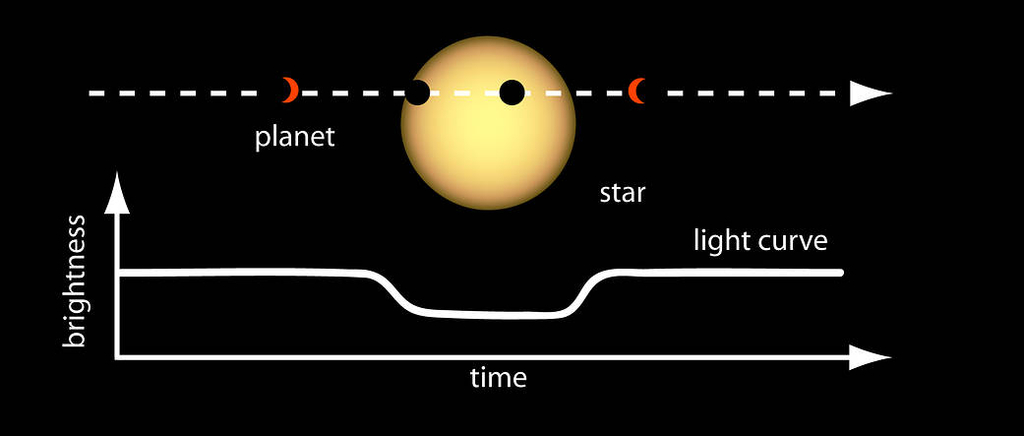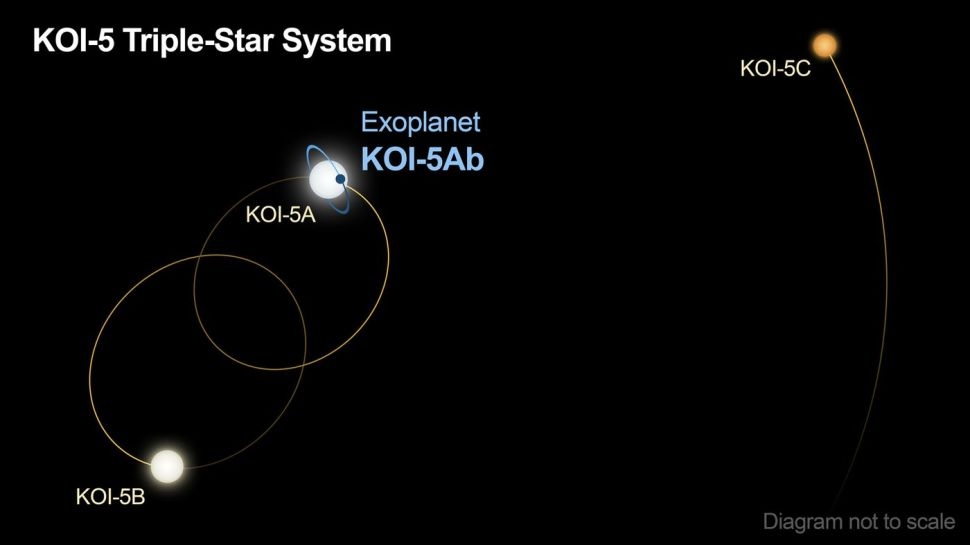It's really there! KOI-5Ab's existence confirmed

Recent data from the space telescope TESS confirm the existence of an exoplanet in the KOI-5 star system, with some fascinating implications ahead!
The planets of our solar system are visible with the naked eye or a rudimentary telescope. The first confirmed case of an exoplanet, a planet outside of our solar system, only occurred in 1992. Since then, 4395 exoplanets have been detected, among which many are distributed in the 720 systems, where multiple planets orbit the same star. Although the smallest recorded exoplanet is only twice the size of the Moon, the majority of them are between the size of Neptune and larger than Jupiter, quite possibly because those can be detected more easily.

The transit method is the one most commonly used to establish the existence of an exoplanet. As the planet passes in front of its star, there is a slight dip in the luminosity that reaches us from the star – the intensity depends on the size of the planet. You can think of it like a “mini-eclipse” (during a total solar eclipse, the Moon obscures all of the solar disc). The transit method can be used with space telescope, like the Kepler mission, which was active between 2009-2018 and spotted 2394 exoplanets and an additional 2366 exoplanet candidates. KOI-5Ab had until now been placed in the second category, notably because it’s part of a complex stellar system.

The transit was remarked for Star A. Star A and B orbit each other every 30 years, the more distant star C orbits stars A and B every 400 years. So, when the signal detected by Kepler was analysed, it was put aside because of the complexity of such a system; it could have been generated by one of the companion stars. But Kepler’s successor, the Transiting Exoplanet Survey Satellite (TESS), shown in the cover image, observed a comparable luminosity dip in the KOI-5 system. David Ciardi, chief scientist of NASA's Exoplanet Science Institute, noticed the recurrence and investigated the phenomenon further.
Aside from the information from the transit method, he also looked at radial-velocity data, which considers the gravitational effect the planet exerts on its star. This method helps to establish the mass of a star’s planetary companion. Taken together, what Prof Ciardi and his team were able to confirm is the existence of a Neptune-sized planet around Star A.
This confirmation has larger implications, particularly for the study of planet formation in multistar systems – indeed fewer have been detected than in single-star systems. In Ciardi’s own words, “By studying the KOI-5 system in more detail, perhaps we can gain insight into how the universe makes planets”. Upcoming instruments like the Palomar Radial Velocity Instrument or the Keck Planet Finder will be most useful to reach this objective.
Cover Image: TESS, NASA
Image credit:
1- Light curve, NASA
2- KOI-5, Caltech/R. Hurt (IPAC)
